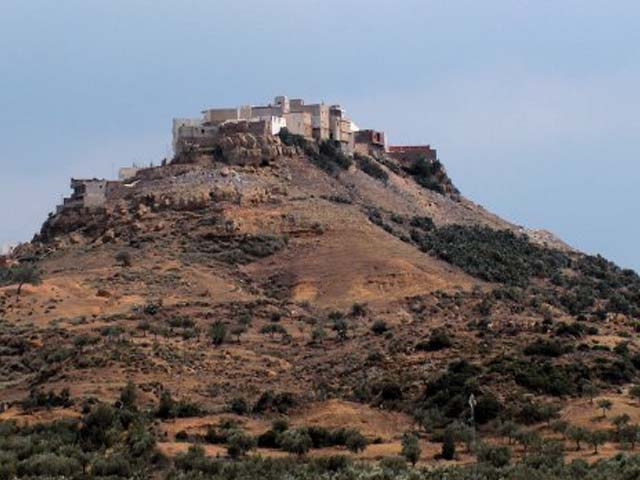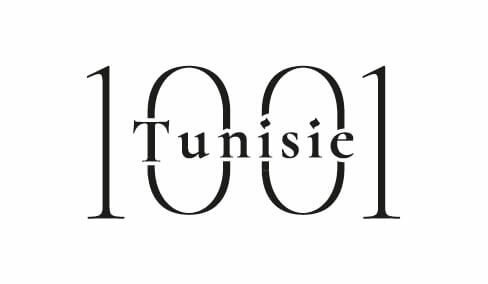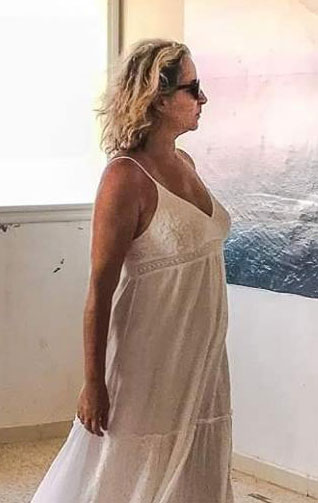
The Legend says that three brothers, who came from Morocco, made their three rocky peaks and each founded a village there. Indeed, “Zriba”, “Takrouna” and “Jeradou” have a singular family air architecture and common traditions link these three villages. Overlooking the plain, they watch over the triangle between “Zaghouan”, “Bouficha” and “Enfidha”.
Their defensive role is unquestionable especially since this zone is a gateway to the territory easy to cross for who comes from the sea and seeks to go inland. Many attribute to this common origin the understanding that linked “Zriba”, “Takrouna” and “Jeradou” in their defensive tactics but also in their traditional production of green soap and alfa objects.
Berber trio
Each of these three villages houses a zaouia dedicated to Sidi Abdel Kader Jilani, the most present saint in Tunisia while his remains lie in Baghdad. In the Maghreb, this brotherhood was very active especially at the arrival of the protectorate. These maraboutic monuments played the role of a Koranic school where the young villagers learned to read and write. These sacred places are built from architectonic elements taken from the numerous archaeological sites in the vicinity.
Jéradou
Jeradou is a small citadel hanging on top of a rocky promontory. It is a picturesque place that lives from agriculture and transformation of alfa. The central square, as large as a handkerchief, concentrates all the activity of the village. Two kilometers away; Between pine and olive trees, a country cottage offers an immersion in nature and local traditions.
Zriba, the old one
Leaving the new village of Zriba to its thermal activities, one goes towards the old village. The exploitation of nearby fluorite mines have left mounds that time to calcified, these high white embankments frozen in front of the sky opens the road to the top. The Dantesque landscape is divided into a universe of rockery. The abandoned village, where only two families still live, is still well preserved. Traditional architecture has ingeniously the stones that make up the vaulted roofs so that they resist the weather. Downstream of the old village, a stream has dug a deep gorge that ends up giving the place a wild air. The mines are no longer in operation and most of the tunnels have been closed, however, a small tour of the large tunnel still accessible is an unforgettable experience
Takrouna
At the top of a rocky peak above Enfidha, a village scans the horizon like an eagle. To reach the summit of the village, at 200 meters of altitude, one begins an initiatory course which crosses the 4 natural levels occupied by houses. These are large and solid stone with vaulted roofs and articulate around small courtyards. They are scattered all along the main lane which winds along the flanks of this eagle’s nest.
Berber village originally, it was the refuge of families of Moorish fleeing Spain such as Gmach (Gomez), native of Andalusia of region Benaladid “Ta kurunna”. Aida Gmach, one of the descendants of this lineage, watches over the memory of Takrouna. This artist created the “Blue Rock”, a stop at the top of the village that combines relaxation and culture. If one is subjugated by the landscape as far as the eye can see that dominates the village, one is moved by the eco museum created by Aida, with the support of the great painter Aly Bellagha, in a part of the family house. The eco museum presents objects of everyday life and brushes an image of these men and women who have not ceased to make fruit an essential good, the earth. The reading of their habits and customs, through the object, reflects the humility of these villagers with their tormented origins. Preserving this heritage also means cultivating the memory of places, but it is also a tribute to the men who made Takrouna, including Tahar Guiga. The name of “Rocher Bleu” is taken from the work of this great writer, a native of the village.
Where to sleep?
Jéradou Guest House
Contact : Ahmed Ben Naoua
Phone : (+216) 93 389 310 – (+216) 22 975 935
E-mail : sdatart@hotmail.fr
Cottage Dar Zaghouan
Domaine Ksar Ezzit
Guest House Dar Khadija
Where to eat ?
Cottage Dar Zaghouan
Restaurant L’Empreinte
Restaurant Sidi Saïd
Photos 2 to 4 © Ambre Courbot-Ludwiczak







{mainvote}


 َAbonnez-vous
َAbonnez-vous

